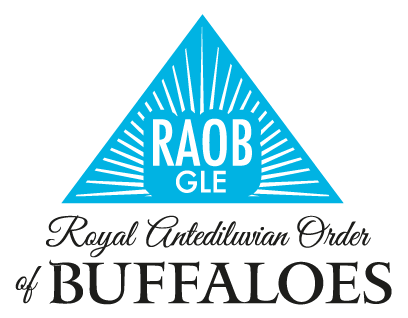
Charles George Bonner, known from childhood as Gus, was born at Shuttington, near Tamworth on 29th December 1884. He was the youngest son of Samuel and Jane (nee Hellaby) Bonner. While Charles was still an infant, his father, a farmer and JP uprooted the family and moved to Aldridge, near Walsall in 1885. He was educated at Bishop Vesey’s Grammar School, Sutton Coldfield and Coleshill Grammar School.
Bonner completed his education on the training ship HMS Conway, moored in the Mersey, joining in 1899 as a first step towards a career in the Merchant Navy.
He left in 1901 and joined the firm of George Milne & Co. and served his apprenticeship aboard the Aberdeen based sailing ship the ‘Invermark’, his rise was swift, after spells as Second Mate and then Chief Mate, he passed all the examination and at 21 years of age he became one of the youngest apprentices, when he was awarded a Master Mariner’s Certificate.
Joining the Johnston Line, Bonner exchanged sail for steam, he served on the company’s Black Sea routes. He visited almost every part of the world and was aboard the lncemore when she collided with the Kaiser Wilhelm off the Isle of Wight just before the outbreak of World War One.
Bonner was awarded the V.C. in November 1917 for “conspicuous gallantry and consummate skill and coolness in action with an enemy submarine”. He had the honour of having an audience with the King prior to any public announcement being made of his V.C., and is one of the few to have the announcement in a Court Circular on October prior to the official report in the London Gazette on November 2nd. Unexpectedly summoned to the Admiralty from his digs in Saltash, Bonner soon found himself on a train bound for Wolferton on the Royal Sandringham estate, with nothing more than a small bag and his sword. Met off the train by ‘two huge men in green liveries’, he was taken, on the evening of 7th October, to York Cottage, and then into the study, where the King waited to present him with his hard won honour. Having been entertained to dinner, Bonner joined the Royal party for the following morning’s church service, and, following a courtesy call to Queen Alexandra, he headed back to London.
On the morning of 8th August Commander Campbell and his crew were in the Bay of Biscay about one hundred miles west of Ushant in the Dunraven. At eleven o’clock a submarine was sighted well down on the horizon, and to starboard. It was U.C. 71 under Lieutenant Commander Saltzwedel.
Commander Campbell kept on his course in order to entice the enemy to come in closer. At a quarter to twelve the submarine broke surface about two and a half miles away, on the starboard quarter and opened fire. The Dunraven crew manned the concealed guns, and a detachment kept up an intermittent and deliberately inaccurate fire with the small after gun. About an hour after the action began two shells went in rapid succession through the Dunraven’s poop and did serious havoc, due to the large amounts of explosives on board. A depth charge exploded which blew Lieutenant Bonner out of his control station and a serious fire was started all round the magazines. The concealed guns’ crews were mostly stationed above the burning portions of the poop and it seemed only a matter of time before they would be suffocated by the fumes and smoke or blown into the air by the explosion which must soon shatter the after part of the vessel. But Lieutenant Bonner and the guns’ crews had no thought except to conceal themselves until their captain gave the signal, and to bear their sufferings as calmly as they could. One of the men tore up his shirt and gave it to his companions to wrap round their mouths in order that the fumes should not choke them, the others kept moving the cordite from place to place on the deck, which was getting red hot. Meanwhile, Commander Gordon Campbell ordered the engine room to send up clouds of steam to simulate boiler trouble, and stopped his ship. For a short time it seemed as though the unbreakable endurance of the Dunraven’s crew would deceive their enemy; for the submarine came steadily nearer and passed at a short distance under the ‘Q’ boat’s stern. In a few moments she would have come within the line of fire of three concealed guns at a range at which there could have been no missing, but before she did so the fire which was raging inside the poop blew up two depth charges and the explosion hurled one of the four inch guns into the air. Simultaneously the gun crew round the concealed gun on the after bridge opened fire. The submarine immediately submerged.
Charles George ‘Gus’ Bonner was initiated in the E. R. T. Croxall Lodge, Aldridge.
If you wish to read the full story please click on this link No 34 Victory Cross Winners Vol 1